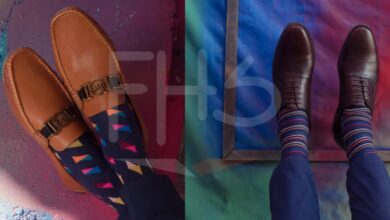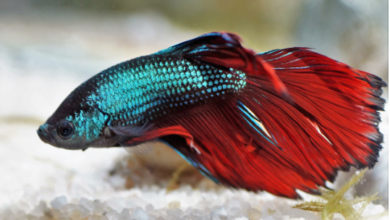Interested in getting laser treatment for wrinkles? Here’s what you should know

Achieving ageless skin is now more than a pipe dream thanks to advanced laser technologies. While face creams, lotions, and potions may leave you disappointed, lasers offer something more than empty promises of better skin. Lasers provoke a natural healing response that improves the appearance of one’s skin.
If the science is not enough to impress, then consider the statistics. Over a recent eighteen-year timespan, the number of laser skin resurfacing treatments rose by a whopping 248%. All it takes is a quick glance at celebrity before and after photos to see just how effective laser skin resurfacing techniques are at revitalizing and restoring the skin.
Curious if lasers can tackle your fine lines? Two commonly used lasers, ablative and nonablative, each offer a unique laser treatment for wrinkles. Indeed, the reality of achieving new and improved skin is closer than you think.
What Is Laser Skin Resurfacing?
The goal of laser skin resurfacing is to minimize the appearance of acne scarring, wrinkles, sunspots, fine lines, and loose skin. Laser skin resurfacing, or the process of amplified light emerging from controlled radiation, acts as a laser treatment for wrinkles, acne scars, and every skin blemish in-between.
How Is Laser Skin Resurfacing A Treatment For Wrinkles?
When you exercise, you rip small bits of your muscles, which then heal over and become stronger. Similarly, lasers impair the skin’s surface so that the skin tissue heals and generates new skin in its place. As a laser treatment for wrinkles, resurfacing techniques stimulate collagen production and healing, leading to smoother, more youthful skin.
What Are Ablative Lasers?
The strongest and most invasive lasers are ablative lasers. These lasers take off the epidermis (the skin’ surface layer) as well as a section of the dermis (the inner layer) by heating pressurized, unevaporated water beyond its boiling point. The superheated water causes skin cells to vaporize, and in response, the skin tightens and smoothens. Ablative lasers are an effective laser treatment for wrinkles and other stubborn skin issues because of how directly they permeate the skin.
The sensitivity of the skin following the procedure will be severe, so it’s important to apply sunscreen to protect against burning. Patients receiving ablative laser treatment as a laser treatment for wrinkles or for tough skin conditions may require additional treatments to achieve optimal results. These patients should continually apply sunscreen throughout this time as well.
What Are Non Ablative Lasers?
Nonablative lasers are the preferred skin laser choice for individuals with darker complexions because there is a slight risk of developing hyper- or hypopigmentation. Results for this laser approach appear more gradually over time than ablative lasers and require additional treatments to achieve the best results. Nonablative lasers do not cause visible damage to the skin, as they focus on penetrating deeper skin tissue rather than the surface and second layers. Although individual treatments for nonablative lasers are mildly invasive, it is still important to wear sunscreen following treatment.
Which Treatment Approach Is Best?
A dermatologist or laser specialist can determine which laser is right for you by using the Fitzpatrick scale, which systematically classifies the color of skin for the purpose of identifying its response to various skin types against ultraviolet exposure. The scale organizes skin tone in scale degrees one through six, with six being a skin tone with the most melanin.
Love Your Skin Again
Say goodbye to stubborn blotches, wrinkles, fine lines, and scars, and say hello to advanced laser skin resurfacing. Reach out to a laser specialist near you and learn to love your skin again with the help of top skin repair solutions.



